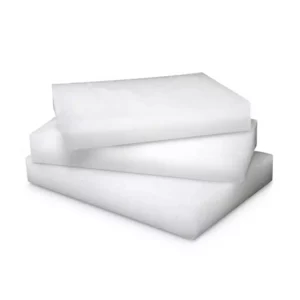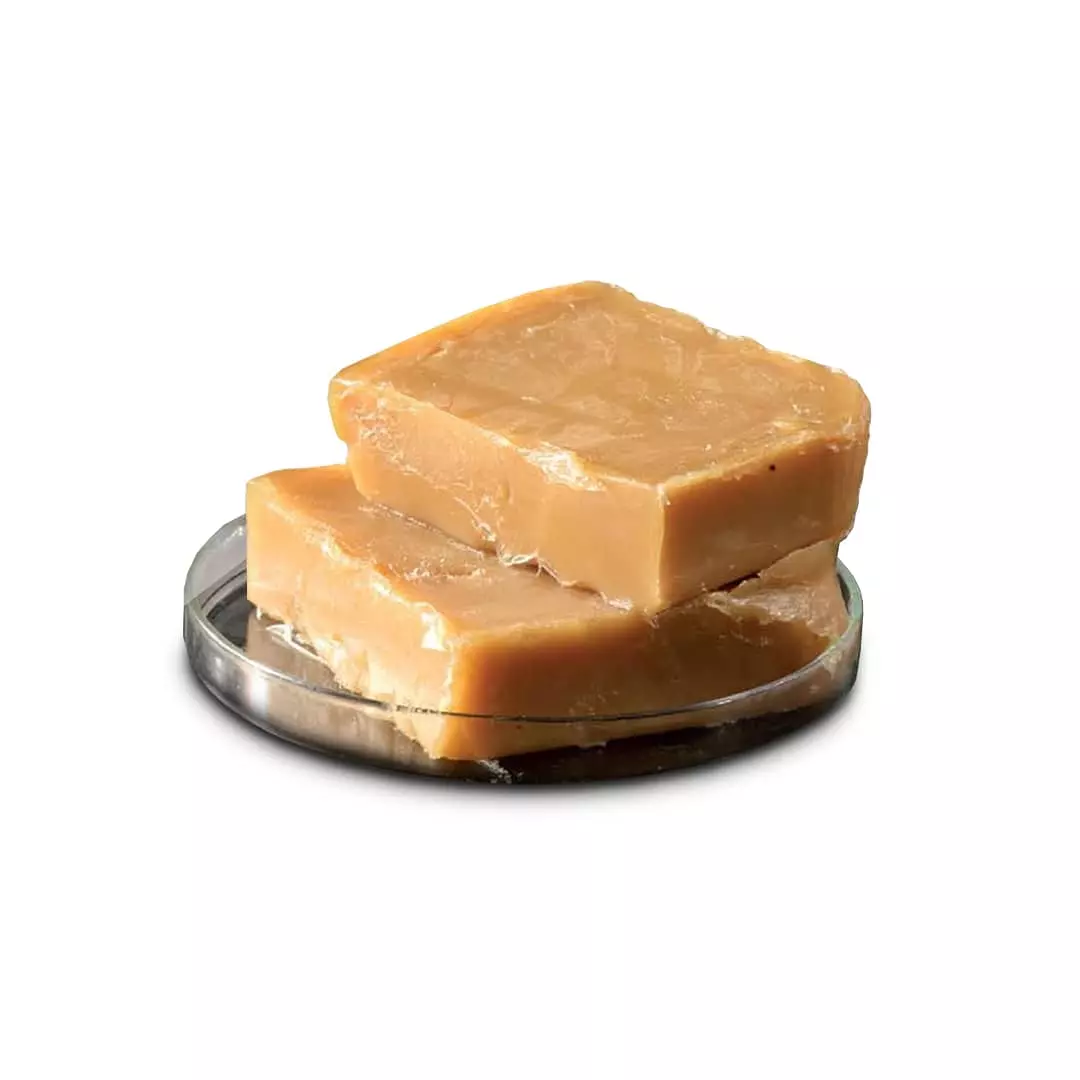Paraffin wax
As Paraffin wax meaning, we have said it is a mixture of highly saturated hydrocarbons that is white in color. Because paraffin wax is derived from crude oil, it is also referred to as petroleum wax. In addition to being used for candle making and cosmetic treatments like manicures, paraffin wax has many applications as well such as lubrication, insulation, and softening. Usually derived from petroleum, coal, or oil shale, paraffin wax is a colorless, soft solid made from hydrocarbon molecules containing between 20 and 40 carbon atoms. In addition to being solid at room temperature, paraffin wax melts at approximately 37 °C (99 °F) and reaches boiling point at approximately 370 °C (698 °F) and having a density of approximately 0.9 g/cm3. In contrast to kerosene and other petroleum products known as paraffin, it is an entirely different substance.
Market trends
South Korea, China, and India are experiencing an increase in demand for packaging and hot melt adhesive. There will be a growing market for paraffin wax in Asia-Pacific. Therefore, paraffin manufacturers will face a great opportunity.
As the packaging industry and fragrance candle demand continue to grow in North America, the paraffin wax market will expand as well. Paraffin wax exporters can benefit due to this growth.
The Middle East and Asia are expected to drive growth in the paraffin wax market due to the high demand for fragrance and cosmetic products. In the countries like Brazil, Russia, Saudi Arabia, Argentina, China, India, the U.S., and France, there is a strong demand for ointments, creams, lipsticks, and personal care products, creating growth opportunities for paraffin wax producers. Paraffin wax suppliers are busy competing in order to meet the needs all in high quality. Also, paraffin wax exporters can take advantage of this great demand.
| Specification | Test Method | Results |
|---|---|---|
| Flash Point | ASTM D-92 | Min 250°C |
| Viscosity @ 100°C | ASTM D-445 | Min 250°C |
| Oil content | ASTM D-721 | Max 0.5% |
| Pour Point | ASTM D-97 | 60 C |
| Color | ASTM D1500 | 1 (transparent) |
Benefits of paraffin wax
Therapy benefits
Studies have shown that paraffin wax can be beneficial for a variety of medical conditions as a pain relief treatment. In a 2013 study published in the Archives of Physical Medicine and Rehabilitation, those with osteoarthritis of the hand experienced reduced pain and stiffness as well as increased muscle strength after paraffin bath therapy. The researchers concluded that paraffin wax bath treatment could be considered a beneficial short-term treatment after assessing the effectiveness over a 12-week period.
One of the biggest markets for paraffin waxes are pharmaceutical companies, which paraffin manufacturers can meet their needs.

Cosmetic benefits
Paraffin wax, a petroleum byproduct, is used in cosmetic products because it melts at a temperature closer to that of the human body, which allows it to easily spread across the skin and be used as a kind of hot wax treatment without the risk of burning.
Fully refined Paraffin wax is a key ingredient in many of the beauty products in your local pharmacy or convenience store, and many of them are intended to moisturize the skin.
History of paraffin wax
A few years after the first petroleum well was drilled, paraffin wax was produced commercially for the first time in 1867. After chilling petroleum, paraffin wax readily precipitates. The advancement of technology has only improved the efficiency and economics of separation and filtration. As part of the purification process, waxes are treated chemically, decolorized with adsorbents, and fractionated into grades by distillation, recrystallization, or both. There are many different types of crude oils based on their wax content.
Due to its cleaner and more reliable burning characteristics, paraffin wax oil has become more popular over the years. It is also more cost-effective to produce than any other candle fuel. At the time, paraffin wax had only one disadvantage: a high melting point. However, this shortcoming was soon alleviated by additions such as stearic acid and technological advances in the oil industry.
Properties of paraffin wax
Paraffin wax petroleum is usually an unbranched alkane that melts between 50 and 70 degrees Celsius and consists of unbranched alkanes at room temperature. Additionally, paraffin wax is thermoplastic and water-insoluble but soluble in benzene, ether, and certain esters. Paraffin wax is unaffected by the majority of these chemicals. A hallmark of paraffin wax is its ability to burn readily. Compared to other materials, paraffin wax is excellent for restoring heat, and it also has the best electrical insulation.
The resistivity of paraffin wax oil is between 1013 and 1017 ohm meters, making it an excellent electrical insulator. Except for certain plastics (notably Teflon), this is a superior material.
Application of paraffin wax
The crystal properties of paraffin wax can be modified in industrial applications, typically by adding branches to the existing carbon backbone chain. Adding additives, such as copolymers of EVA, microcrystalline wax, or polyethylenes, is usually the main way of modification of paraffin wax. Due to the branched structure, the paraffin developed has a higher viscosity, a smaller crystalline structure, and different functional properties. As it is relatively brittle and presents the risk of chipping and breaking, paraffin wax is rarely used for carving original models for the lost-wax casting of metal and other materials.
Contact us with your number
+989100400067

